It’s been hard to frequent queer media circles in recent years without coming across a duo of girls showered in luscious shades of green, black, and white. Green Lesbians, as its fandom has become accustomed to calling them, are the main characters of Sumiko Arai’s The Guy She Was Interested in Wasn’t a Guy at All. What began as individual illustrations posted on Twitter blossomed into a webcomic, then a serialised manga, and soon an anime adaptation depicting a sapphic love story eager to break away from decades of convention.
Just a few days ago, the third volume of the manga was released in Japan, and on the cover was confirmation that, finally, an anime adaptation was on the way. This is common for very popular titles, and sometimes not so popular ones, but the announcement is still worth celebrating considering how authentic the queer love story Sumiko Arai tells is.
Yuri can so often be a genre that capitalises on the male gaze in pursuit of fan service, but in recent years we have seen more and more stories like this one which appear to have a nuanced understanding of the queer experience. Even after putting aside its stunning and innovative aesthetic, The Guy She Was Interested in Wasn’t a Guy at All is pretty special.
The Guy She Was Interested in Wasn’t a Guy at All Anime Adaptation Is A Big Deal
Our story follows Aya Oosawa, a gyaru high school girl who develops a crush on a boy who works part-time at her local music shop, often seen with ears full of piercings, a black mask, and tired yet expressive eyes. It doesn’t take long for Aya to fall head over heels and come to realise that the two of them share a common love of Western musicians like Foo Fighters, Blur, Pearl Jam, Beck, Radiohead, and countless others that most Zoomer high schoolers wouldn’t be caught dead listening to. It’s dad rock, but to Aya, it’s the coolest thing ever.
She soon finds out that this ominous rocker boy isn’t a boy at all, but an awkward girl called Mitsuki Koga who works in her uncle’s shop and prefers to remain quiet and withdrawn at school. She is the antithesis of Aya, choosing to lose herself in music, which speaks to why she thinks and looks the way she does instead of peers who are bound to surrender to prejudice. One of Sumiko Arai’s central ideas is how music is something everyone holds close to their heart, acting as a window into the soul which takes an immense amount of trust to let someone peer into. Aya and Mitsuki couldn’t be more different, but it’s this fear of being outcast that brings them closer and closer together.
Aya discovering Mitsuki’s true identity and breaking down the barriers required to not only become friends with them in and outside of school, but realising her crush still remains even when those feelings concern another woman, is a tale of beauty, doubt, and discovery which right now is still unfolding. I adore the ways in which Mitsuki tries to balance two personas while struggling to settle on the person she wants to be and how that connects with music, sexuality, appearance, and emotion. She leans further and further into composing tunes of her own as the manga goes on, taking on a far more neutral masc presentation than Aya.
Opposites attract, and watching these two girls navigate the battlefields of friendship and romance would be enthralling without the manga’s phenomenal presentation, but then the author goes ahead and blows everything out of the water anyway.
But How Is It Going To Adapt Its Already Iconic Look?
Due to the way it was initially published, a lot of The Guy She Was Interested in Wasn’t a Guy at All is told in short, punchy bursts. There were moments in the manga where I was desperate for it to linger on certain characters and narrative beats for just a bit longer, but this levity also allows us to conjure up our own interpretations.
It’s one of the things I love most about queer stories and fandoms, as few fan communities have taken characters and run with them more than this one. Twitter, Tumblr, and TikTok are filled with stellar fan art and introspective character analysis that goes further than the author likely ever intended.
Social media is currently filled with people saying “I knew green yuri before it was cool” as it breaches the precipice of a mainstream reputation, but these individuals are going to celebrate when a sapphic story like this reaches a bigger audience than ever. But I think what I’m most curious about is how the anime will adapt its visual identity while keeping its core themes, characters, and ideas intact.
And what about the soundtrack? Will whoever is behind it end up licensing the likes of Nirvana and Radiohead to bring home so many of its most prescient themes? I sure hope so. The green needs to make it through as well, and if we’re lucky, the anime will be striking, stylised, and subvert expectations just like its source material.
I’m calling it now, The Guy She Was Interested in Wasn’t a Guy at All is going to become a breakout hit in the years to come, and its anime adaptation is going to move mountains for sapphic representation in a space that is desperate for more authentic queer stories. Ones that aren’t bound by cliché or fan service, but a desire to tell stories that feel heartfelt, real, and explore what it means to figure out who you really are.
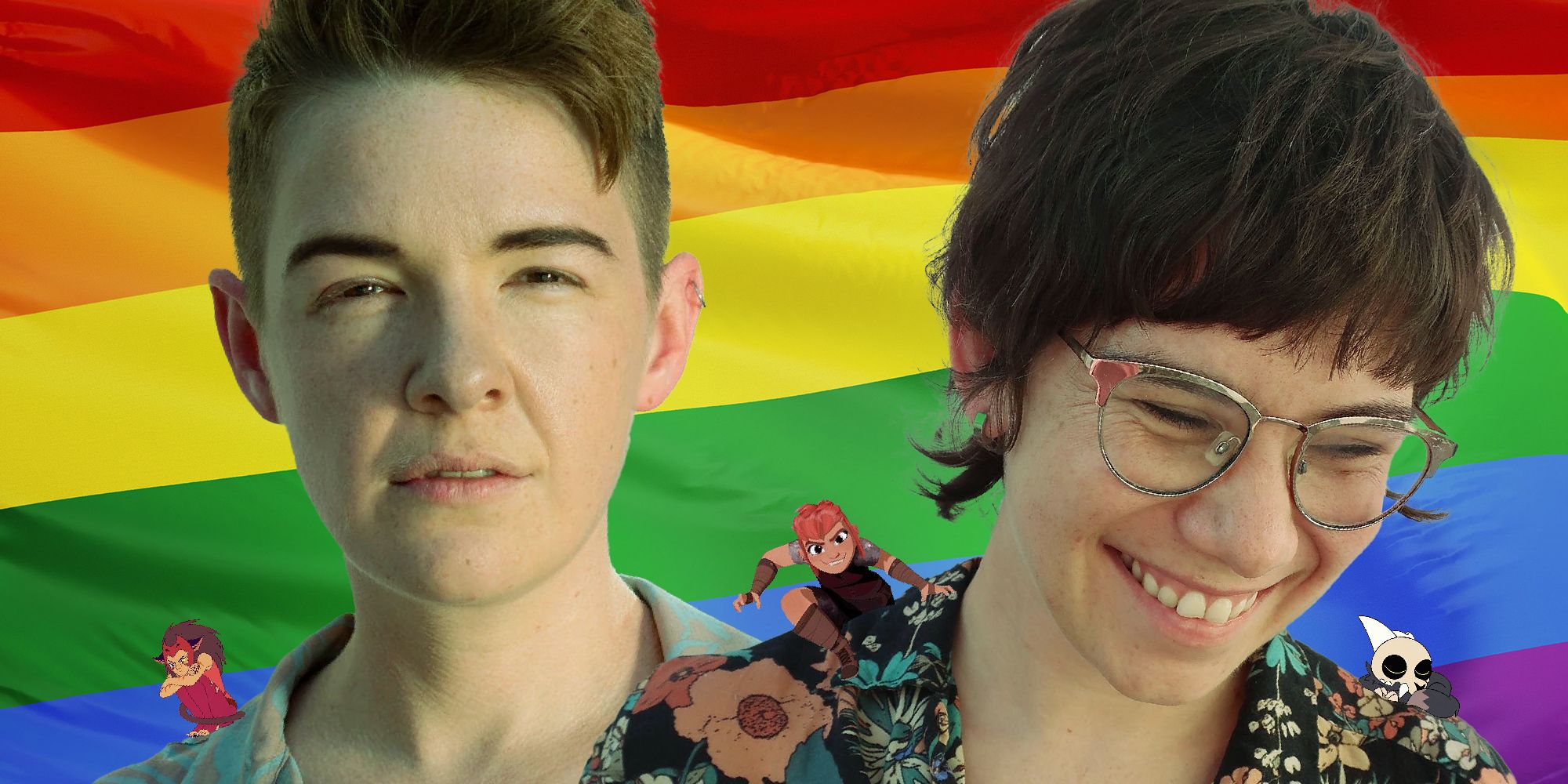
Next
ND Stevenson And Molly Ostertag On The Future Of Queer Storytelling
At Thought Bubble we sat down with two beloved queer creators to talk upcoming projects, representation, and reclaiming the past.
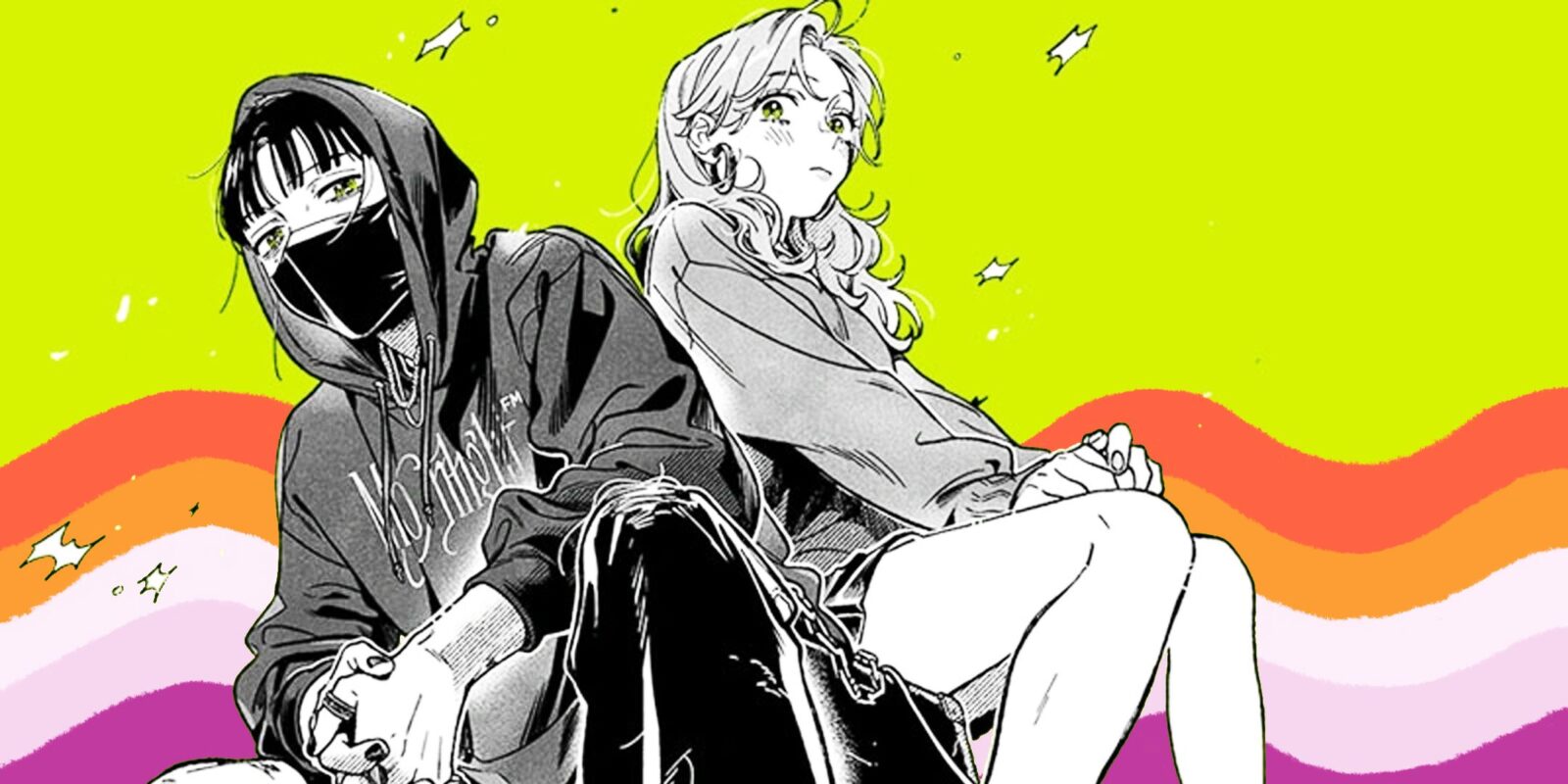
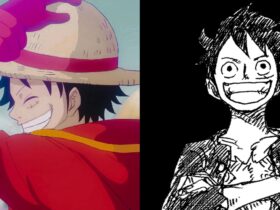
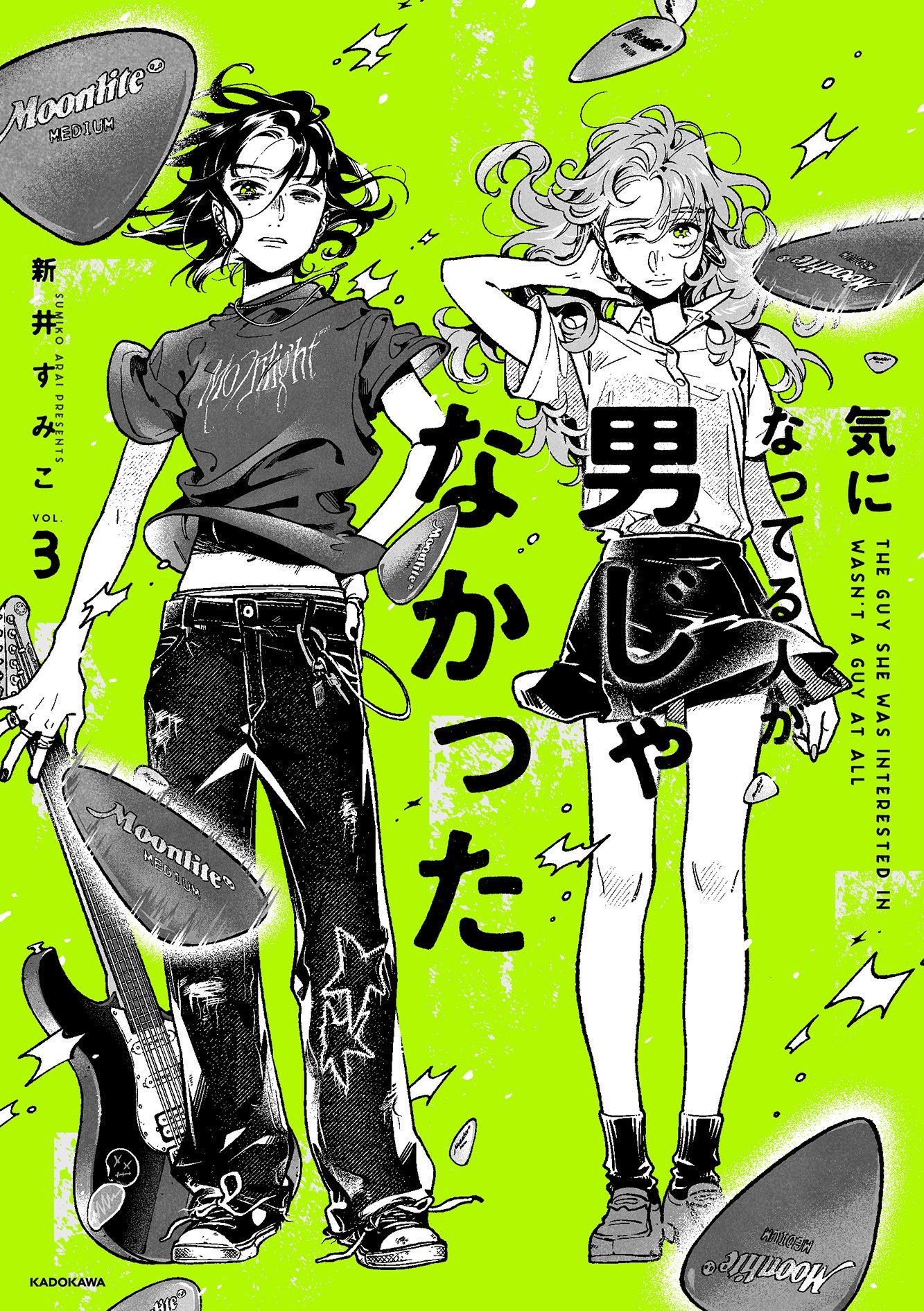
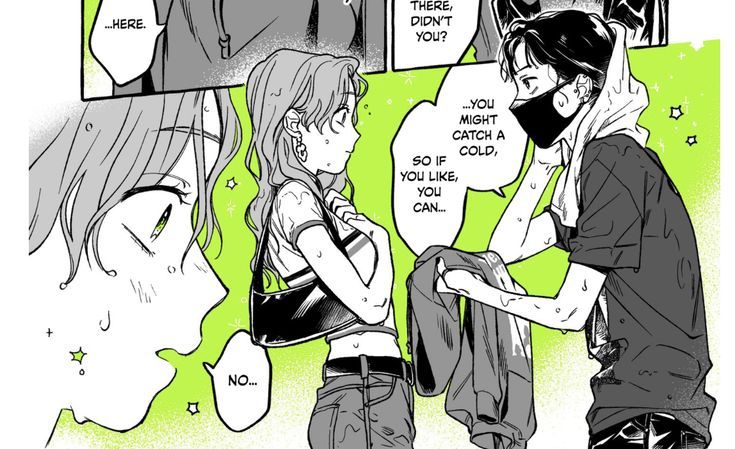
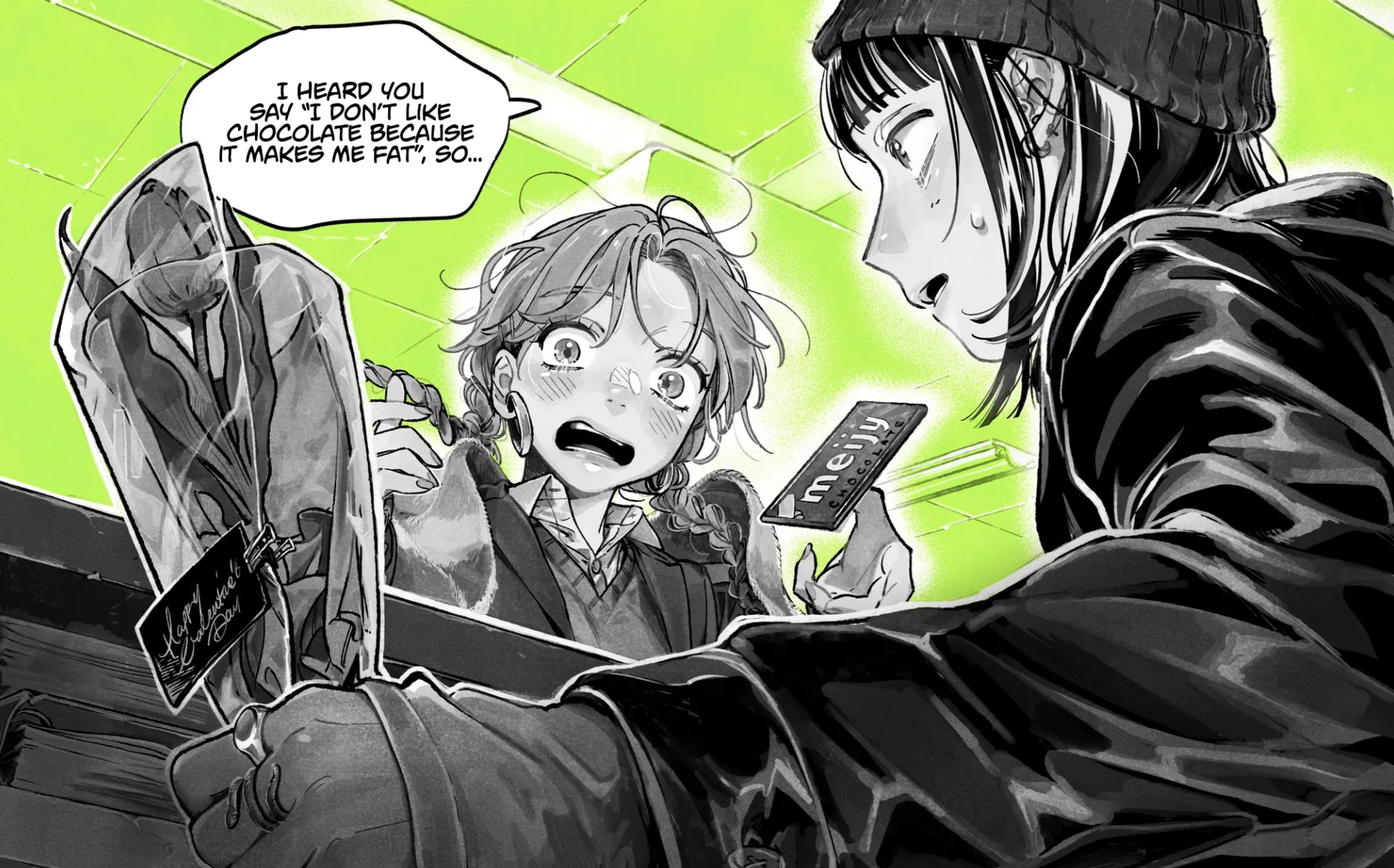
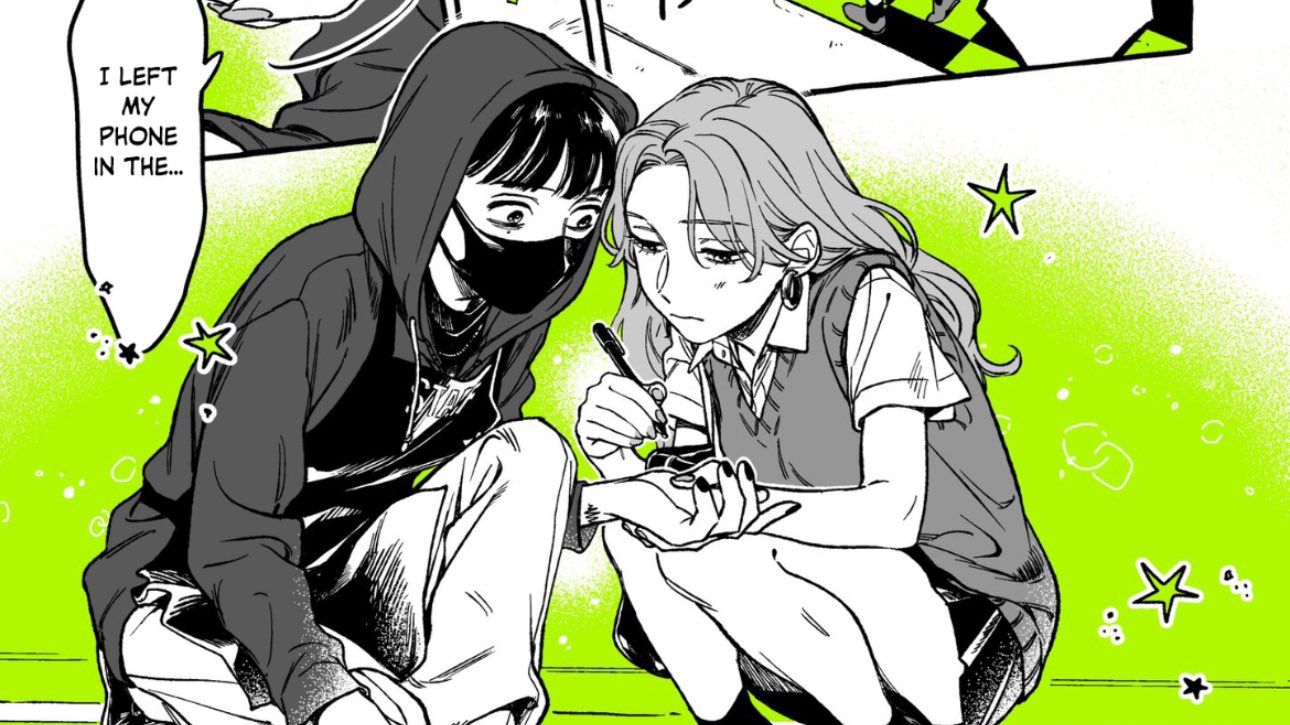
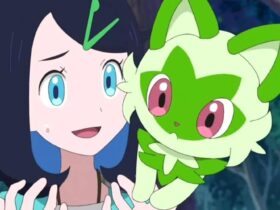
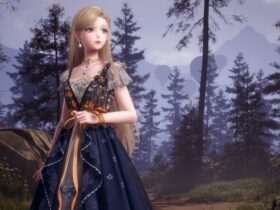




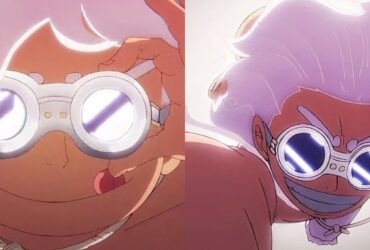
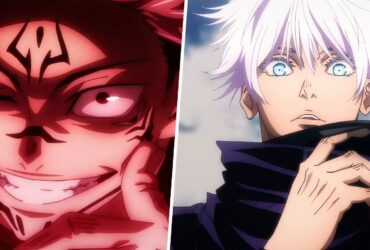
Leave a Reply